UK/EU LAW & CE Conformity
Overview:
The argument begins with the premise that it is both possible and useful to distinguish between public and private character of disputes that are resolved by adjudication. Of course there is always grey when differentiating black from white, and so it with public-private distinction. But the presence of grey does not mean that black and white do not exist. As with any system of classification, it may be difficult to pinpoint the difference between public and private, the distinction is nevertheless drawn in all modern legal systems, including public international law, because the recognition of any unique subject – here, ‘the state’ - necessitates a description of that subject. The distinctions present, for example:
Public law is the regulation by which the state has a vested interest, in the law of contracts a license is defined as permission by some competent authority, conferring a right to do some act which without such authorisation would be illegal. Conformite Europeene ‘’European conformity CE’’ therefore falls into public law. One with the understanding of public-private laws can differentiate black from white. This is not to say the public sector has no private sectors within the same definition, this is of course true, however the privatisation of some agencies within the public sector should not be construed or associated to the jurisdiction of Private sector. For example:
All companies registered in the UK are deemed public sector companies regardless of there market avenue. CE conformity is a mandatory process for all companies operating in the public sector. Here is where public law overlaps private law and grey areas are created. To explain further one must have the following understanding:
In the United Kingdom the common law right to choose one's own treatment for illness has been barely constrained by law. It is thus legal for practitioners to set themselves up in a wide variety of healthcare professions, as long as they do not claim to be registered medical practitioners in the private sector.
Complementary and alternative therapies have become more widely used over the past two decades, but many practitioners in the United Kingdom are largely unregulated. One of the recommendations of last year's report on complementary and alternative medicine by the House of Lords Select Committee on Science and Technology was that “in order to protect the public, professions with more than one regulatory body make a concerted effort to bring their various bodies together and to develop a clear professional structure.” That some health professions remain unregulated in a developed country seems extraordinary, and I shall review how this situation has arisen before considering the prospects for change.
In the United Kingdom, individual practitioners have been able to pursue their own path, even set up their own training programme or professional body, without sanction due to England being a common law jurisdiction. They do not have to submit to authority, building their base on their ability to please their market—their patients. The natural instinct for self enhancement of professional status has led most practitioners to subscribe to organisations overtly raising standards. In 1997 and 2000 the Center for Complementary Health Studies reported the results of surveys of about 140 professional bodies representing about 50 000 practitioners working in up to 30 complementary or alternative therapies. Professional standards varied widely.
Most complementary medicine organisations are run as conventional professional bodies; they publish formal codes of ethics and practice, and registers of their members are available to the public. Almost all subscribe to insurance schemes that provide professional indemnity and public liability cover for their members. However, the opportunity for the public to pursue complaints against practitioners, and the provision of formal disciplinary codes, sanctions, and procedures and published complaint procedures was notably patchy, even among well established organisations. Given the moves to increase professional accountability in the medical profession, complementary and alternative medicine organisations will need to increase public scrutiny of their affairs, regardless of whether they get statutory regulation.
Public demand for complementary medicine has grown to a level where communication and cooperation with orthodox health services is necessary. Many patients see complementary practitioners concurrently with their doctor. However, they often do not tell their doctor about it, perhaps because they fear a negative response. Evidence that professionals from all parts of the healthcare spectrum were engaging in constructive debate about their relative roles would encourage greater communication between all practitioners and their patients.
Grey area explanation: A Professional bodies existence in the private sector is created form the states part-recognition of such market avenue. It is therefore a common law right and reasonable to conclude public conformity laws do not apply in the private sector. In these circumstances CE conformity is not a mandatory requirement, however most professional bodies in the private sector have formal codes of ethics, practices and compliance requirements, which mirror that of the public sector requirements.
The definition of full-recognition is such:
The Natural Mineral Water, Spring Water and Bottled Drinking Water (England) (Amendment) Regulations 2009. STATUTORY INSTRUMENTS, 2009 No. 1598, FOOD, ENGLAND
4. For paragraph (1) of regulation 6 (treatments and additions for natural mineral water) there is
substituted the following paragraph—
“(1) No person shall subject natural mineral water in its state at source to—
(a) any treatment other than—
(i) an authorised ozone-enriched air oxidation technique,
(ii) the separation of its unstable elements, such as iron and sulphur compounds,
by filtration or decanting, whether or not preceded by oxygenation, in so far as
the treatment does not alter the composition of the water as regards the
essential constituents which give it its properties,
It is therefore concluded the term part-recognition from any competent authority is application based.





